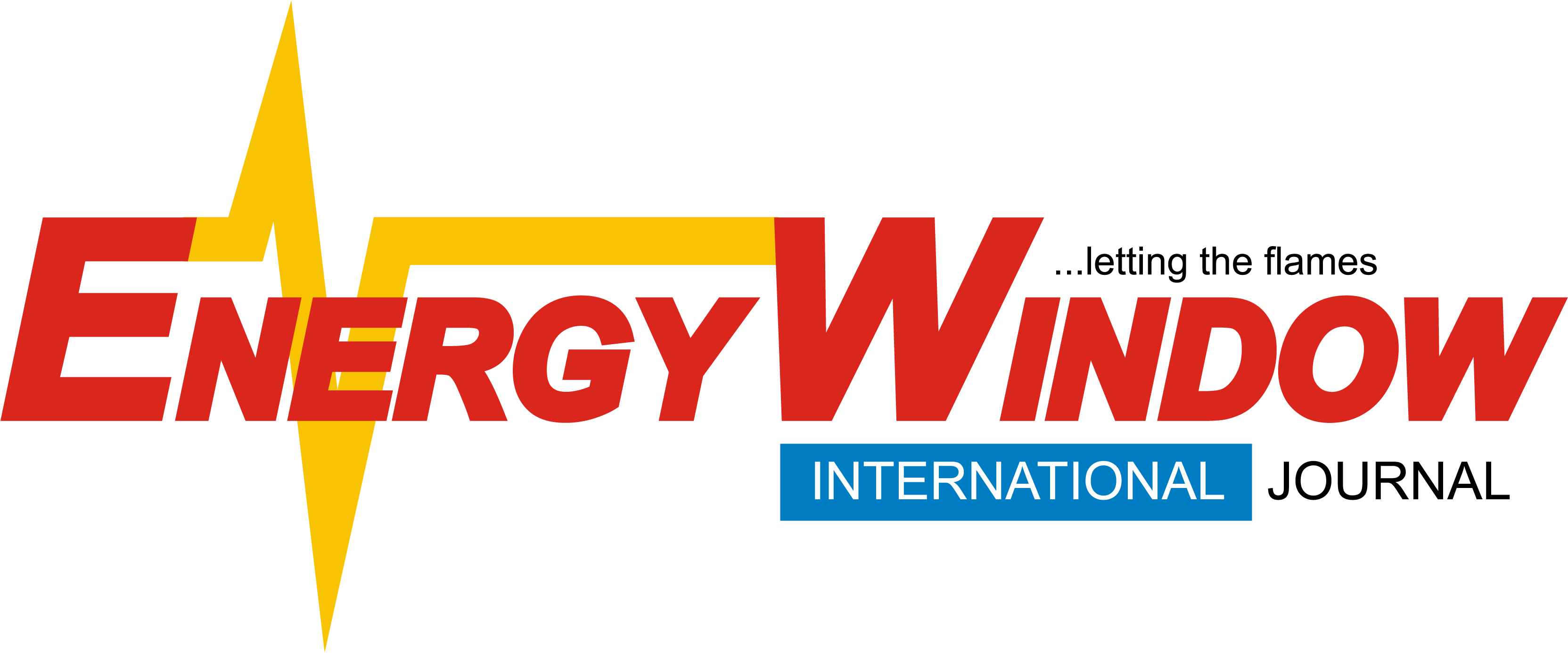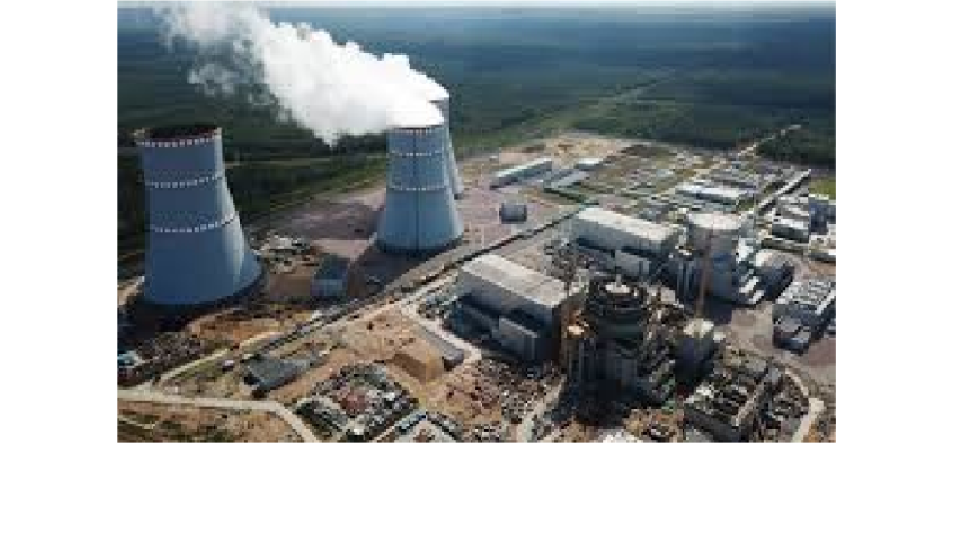The report, The Path to a New Era for Nuclear Energy, had outlined four key trends namely:
- That power generation from nuclear will reach a record high in 2025 as Japan restarts production, maintenance works are completed in France, and new reactors begin commercial operations in various markets, including China, Europe, India and Korea,
- That there is, at the moment, more than 70 gigawatts (GW) of new nuclear power capacity are under construction – regarded as one of the highest levels in the past 30 years,
- That interest in nuclear energy is now at its highest level since the oil crises in the 1970s, with over 40 countries around the world planning expansion to fully reintegrate the use of nuclear power,
- That this innovation is swiftly changing the technology landscape, with the first small modular reactors (SMRs) set to start commercial operations around 2030. “With the right combination of policy support from governments and project delivery by industry we project that over 1,000 SMRs could start operating by mid-century.”
“Nuclear power is set to reach a new record in 2025 and can improve energy security as electricity demand accelerates – however costs, project overruns and financing must be addressed,” says IEA latest report.
The report, The Path to a New Era for Nuclear Energy, shows that nuclear has gathered some fresh impetus, in terms of policies and projects, as well as investments and technological advances especially around small modular reactors (SMRs). While providing an assessment of the situation, the report identifies key challenges that should be addressed to be able to build on, as well as sustain what looks like a momentum and enabler of this fresh era. This according to the report includes, insights on how to finance new nuclear projects while ensuring reliable and diversified supply chains for building and fuelling them.
“It’s clear today that the strong comeback for nuclear energy that the IEA predicted several years ago is well underway, with nuclear set to generate a record level of electricity in 2025,” says Fatih Birol, Executive Director, International Energy Administration (IEA). “In addition to this, more than 70 gigawatts of new nuclear capacity is under construction globally, one of the highest levels in the last 30 years, and more than 40 countries around the world, the report reveals, have plans to expand its role in their energy systems. SMRs in particular according to the report, offer exciting growth potential. Adding however that governments and industry still need to overcome certain critical hurdles, starting with delivering new projects on time and on budget – but also in terms of financing and supply chains.”
Having been identified as the world’s second-largest source of low-emissions electricity source after hydropower, nuclear power produces, even today as the report has revealed, just under 10% of global electricity supply. It is even more disturbing as the use in electricity continues to widen, serving all the critical aspects of life and the industry – air conditioning to electric vehicles and houses, data centres amid the current rise in artificial intelligence – a combination which has the tendency of accelerating growth in power demand – which is also expected to rise six times as fast as overall energy consumption in the coming decades, based however on today’s policy settings. New generation capacity from a range of technologies is therefore needed to keep pace, the report says, with the rapid demand growth, including those that can provide firm and flexible output such as nuclear.
The report further revealed that most of the existing nuclear power fleet today is in advanced economies, even as many of those plants, built decades ago, groan for reason of age and outmodedness. Meanwhile, the global map for nuclear the analysts believe is changing, as most of the projects under construction in China at the moment, when put together, is likely to overtake both the United States and Europe in installed nuclear capacity by 2030. Even Russia which also prides as a major player in the nuclear technology landscape. Of the 52 reactors worldwide whose construction had begun since 2017, 25 of them were said to have been tailored to meet the Chinese specifications, while 23 have been designed to meet Russia’s specification.
“Today, more than 99% of the enrichment capacity takes place in four supplier countries, with Russia accounting for 40% of global capacity, the single largest share,” Dr Birol was quoted to have said. “Highly concentrated markets for nuclear technologies, as well as for uranium production and enrichment, represent a risk factor for the future and underscore the need for greater diversity in supply chains.”
The report sees introduction of SMRs as leader in terms of lower financing costs. Noting that with the right support, SMR installations could reach 80 GW by 2040, accounting for 10% of overall nuclear capacity globally, the success of the technology and speed of adoption which will also be hinged on the industry’s ability to bring down costs by 2040 to a similar level to those of large-scale hydropower and offshore wind projects.
The new era in view according to the report, will surely require a lot of investment, expecting its growth scenario, in terms of annual investment, to double to USD 120 billion by 2030. “And given the scale of the infrastructure investment required, the rollout of new nuclear projects cannot rely exclusively on public finances,” IEA said. Again, for IEA, ensuring the predictability of future cash flows is key to bringing down financing costs and attracting private capital to the nuclear sector. The report highlights that the private sector is increasingly viewing nuclear energy as an investible energy source with the promise of firm, competitive, clean power that can serve energy-intensive operations 24/7. Notably, big names in the technology sector are signing power purchase agreements with developers to provide electricity for data centres and artificial intelligence, report reveals.
To take advantage of the opportunities that nuclear power offers the report further disclosed, governments must be prepared to provide the strategic vision alongside stable regulatory frameworks that will give the private sector confidence to invest.

